Enjoying Mirin in Sweets!
Last October, American food professionals visited fermented food producers to deepen their knowledge of Japanese fermentation culture during the “Hakko Tourism in Japan” tour campaign. As part of the tour, organizers held a tasting session where guests gave candid advice from the perspective of the American market to food product manufacturers looking to enter the United States market.
Hello, I’m Maho Tanabe.
In my column, I will be introducing you to “hon-mirin,” a traditional Japanese seasoning and hope to spark up your interest.
In our session today “Enjoying Mirin in Sweets!”, we will take a look at how mirin can be used in making sweets.
Mirin is used in Japan primarily as a “seasoning” that adds an elegant sweetness to dishes but I teach in my classes how to make “mirin sweets” that use the sweetness of mirin instead of sugar.

While I am still training to cook with hon-mirin, I am confident that I have done more research than anyone else when it comes to making sweets using hon-mirin!
Mirin not on is a way to make your food taste better, but it’s also a healthier sweetener option! Today, I would like to introduce the joy of using hon-mirin for sweetening sweets and the benefits of using mirin in sweets.
Using mirin as a sweetener for sweets
Mirin is now recognized as a seasoning, but it was originally created and enjoyed as a sweet, high-class liquor. (It is said that it was first utilized as a seasoning around the Edo period.)
Enjoyed as liquor in the early days, mirin contains about 14% alcohol. In addition, the sugar content of mirin is said to be 45-48%, which is lower than that of sugar or other sweeteners.
So, how can we use mirin with such characteristics as a substitute for sugar or syrup?
The answer is very simple! Mirin can be used as a sweetener by reducing it with heat. This is the concept of “mirin reduction,” also introduced in the cooking section.
Reducing mirin causes the alcohol to evaporate and the sugar content to rise. It transforms into a sweet syrup, just like maple syrup or honey. I call this “mirin syrup.”

Mirin syrup is a healthy syrup made by reducing hon-mirin created from rice through fermentation. Let me show you how to make it.
How to make mirin syrup
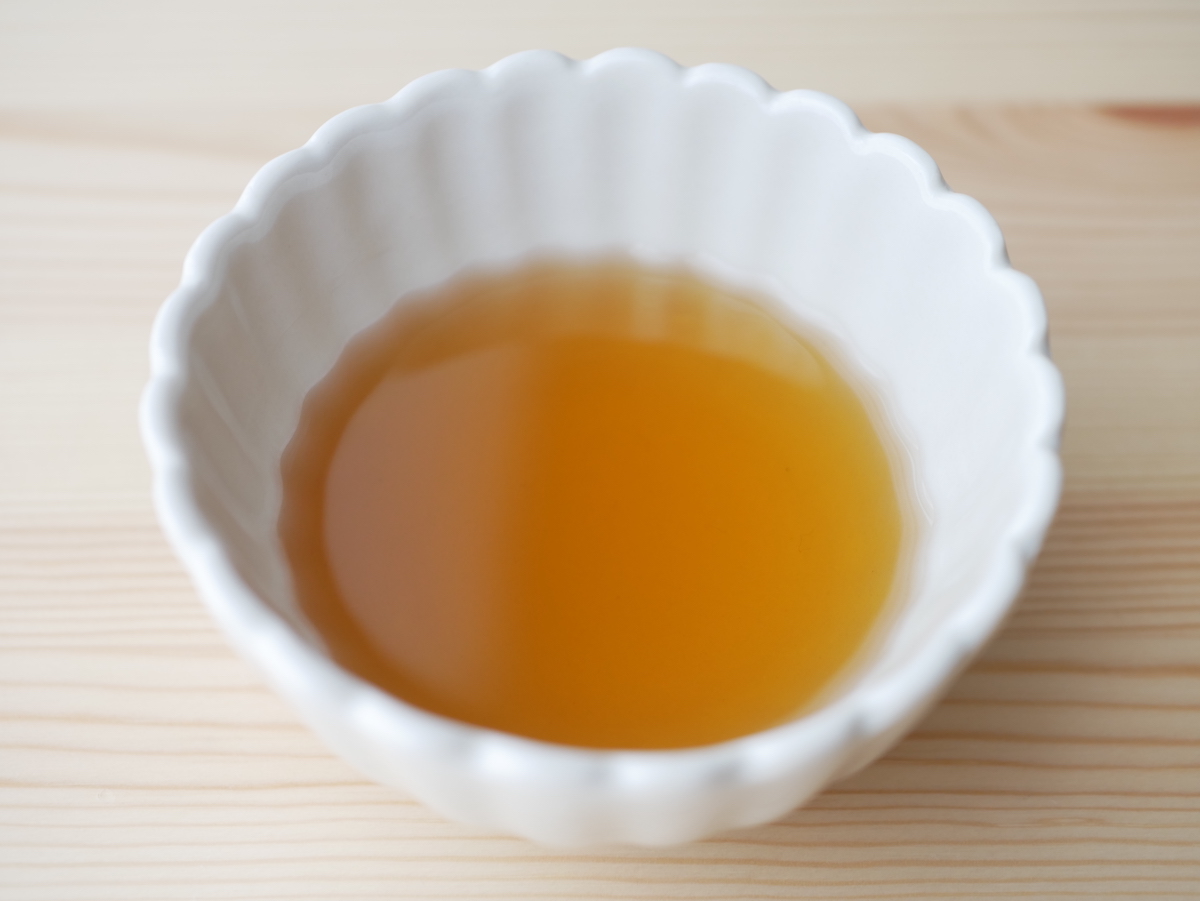
Ingredients
- Hon-mirin, twice the volume that you plan to use (if you want to use 100g of mirin syrup, then you should use 200g of hon-mirin)
Directions
- Place the hon-mirin in a saucepan over low heat.
- Reduce the mirin to about half, or to a little more than half of the volume of the mirin prior to heating.

You will start to smell a very sweet aroma after heating up the hon-mirin. The sweet taste of mirin becomes even sweeter after it is heated. The first time I tasted reduced mirin, I was very impressed! As you are making it, please try tasting it both before and after it is heated and see how the taste changes.
A thin film may appear on the surface while heating the mirin, but this is due to the proteins contained in the mirin and proves that you’re using authentic mirin. I use it as is mixing with the rest, but you can scoop it out if you are concerned.
You can store the syrup at room temperature. I always make enough so that I use it up in about a week. It can be refrigerated, but the sugar crystals may harden and whiten. Even at room temperature, depending on the season and the mirin used, it could harden. Simply reheating it will restore it to its original state. Even if it hardens, it does not affect the quality so please don’t worry.
You can pour the syrup on pancakes and ice cream, use it as a sweetener in drinks, and use it in sweets as a substitute for liquid sweeteners such as maple syrup and honey.
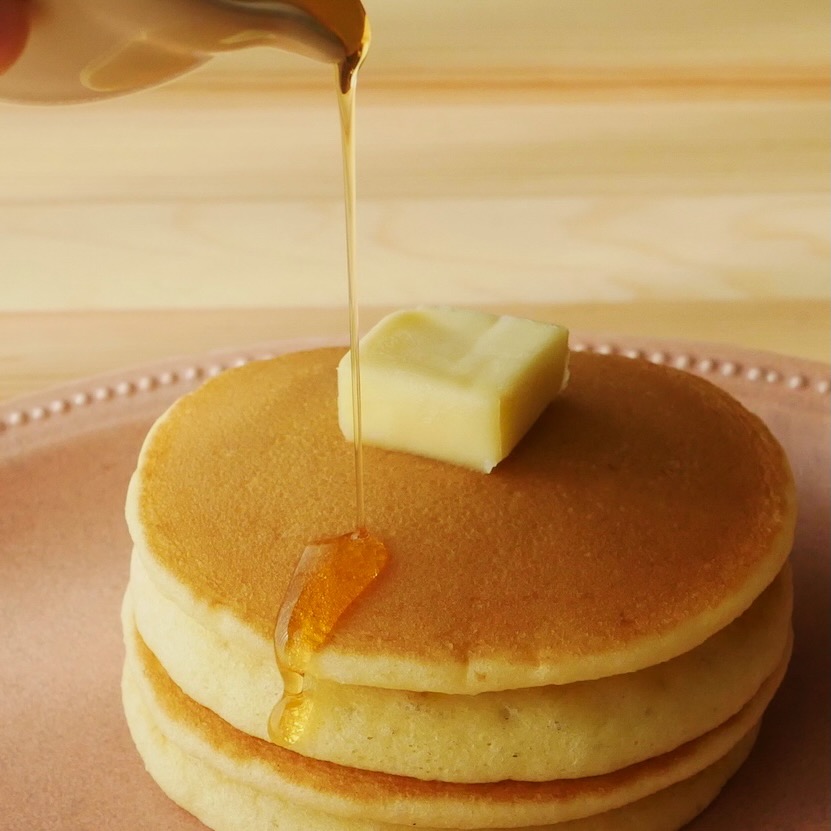

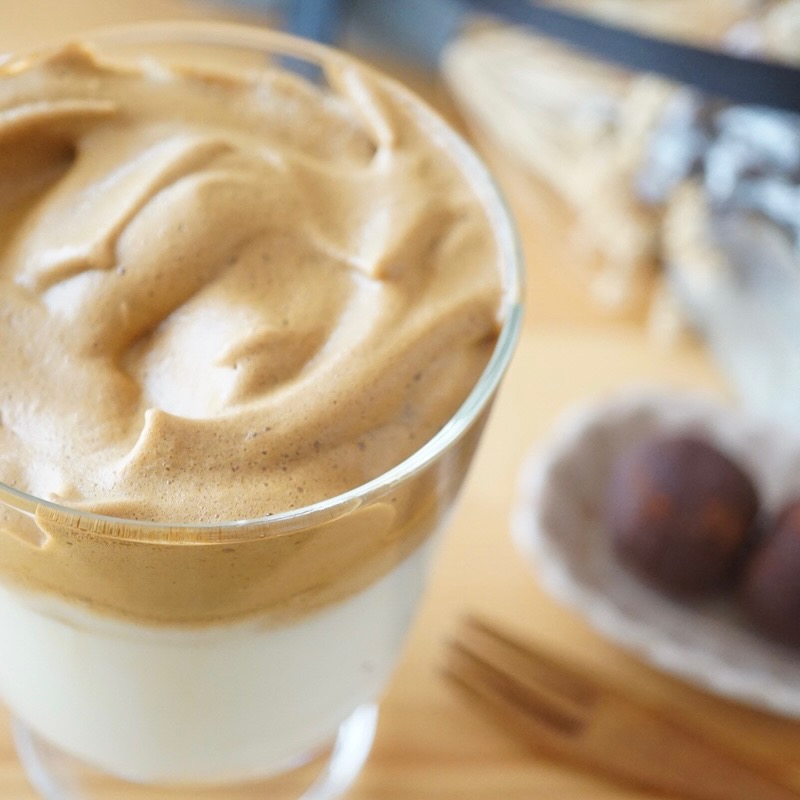
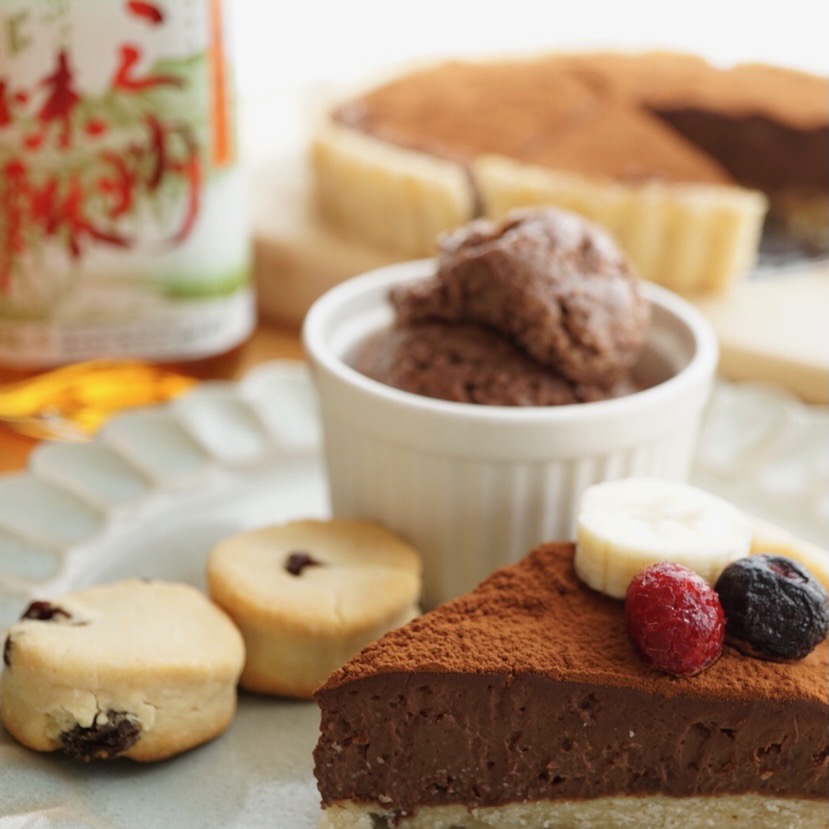
In daily dishes and in snacks, it can be used like maple syrup in place of sugar or syrup, and I recommend this. It is easy to make, so I hope you will give it a try!
To use as syrup, you would reduce it down to half of the volume but if you reduce it further, the mirin becomes caramelized. You can use the caramelized mirin for making things like caramelized nuts! I invite you to try it!

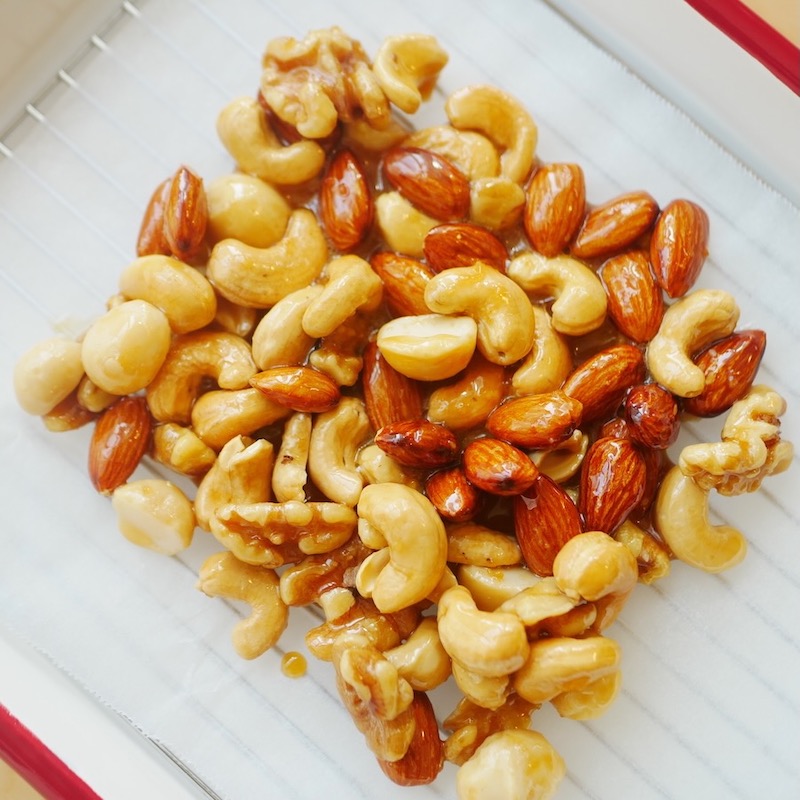
The 3 advantages of using mirin as a sweetener for sweets
Next, I will introduce the three advantages of using mirin instead of sugar or syrups for sweetening sweets.
1. A sweetener made from rice and through fermentation that is good for the digestive system
Mirin is a naturally occurring sweetener created by the power of rice and fermentation. It also contains oligosaccharides, lactic acid bacteria, citric acid, and other organic acids that are friendly to the intestines and help regulate bowels, making it a healthier sweetener that is less stressful on the body.
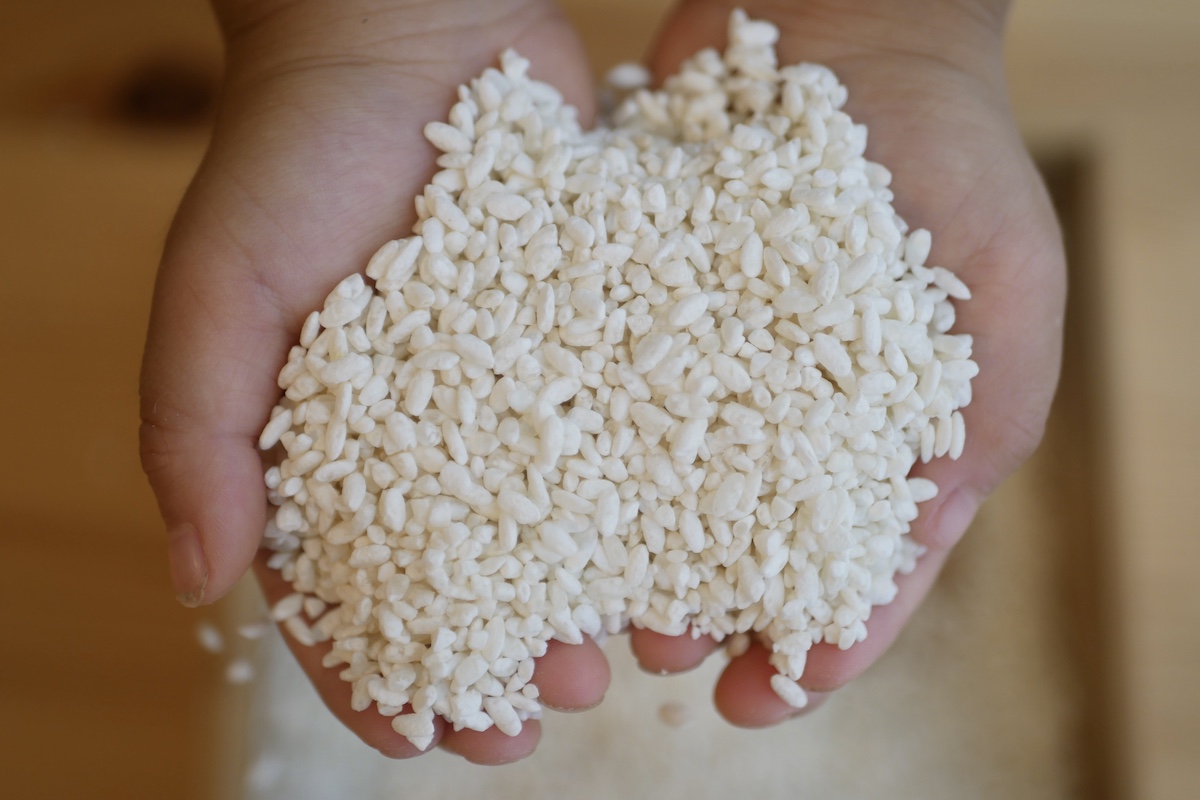
2. Elegant and mildly sweet
The layered mixture of multiple natural sugars and amino acids created by aging gives it an elegant, mild, and gentle sweetness that is not found in sugar and that has no aftertaste. The mellow aroma of hon-mirin also adds an elegant touch to the sweets.
3. Low GI protects against blood sugar spikes
“GI value” indicates the rate of increase in blood glucose levels. The GI value of mirin is said to be 15. Compared to other sweeteners, mirin has a very low GI value, which means that it causes blood glucose levels to rise slowly, making it easier on the body and less likely to cause weight gain.
However, the GI value of 15 is the value prior to heating. There is no data on the GI value of mirin after heating, and in the case of mirin syrup, it is expected to be higher than 15 because of the added sweetness.
In any event, it can be expected to place less of a burden on the body than white sugar, and above all, because of its gentle sweetness derived from rice and through fermentation, I believe mirin can give many people more options to enjoy sweetness while taking care of their bodies.
I invite you to try mirin, which can be enjoyed not only in cooking but also as a sweetener.
Next time, we will introduce recipes using mirin.
Maho Tanabe, the organizer of "Mirin Sweets and Fermented Foods" at Minamoto Shokudo, is an inner beauty planner and owner of Minamoto cafeteria. With expertise in fermented foods using koji and sake, she is a recognized authority in the fermented foods industry.

